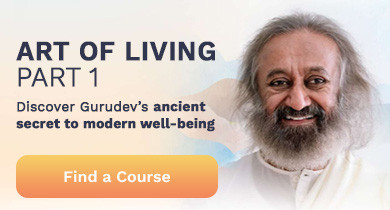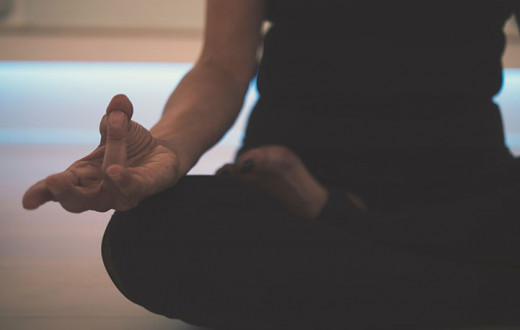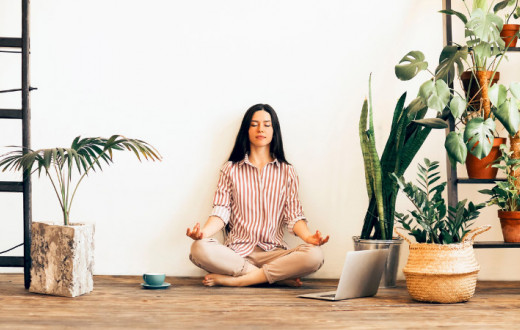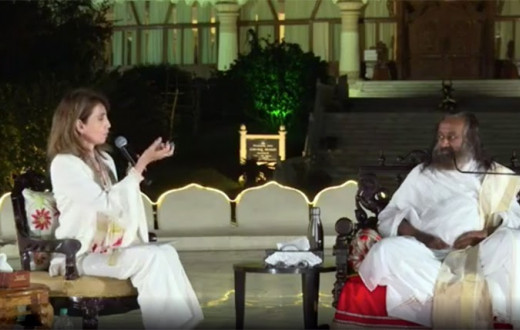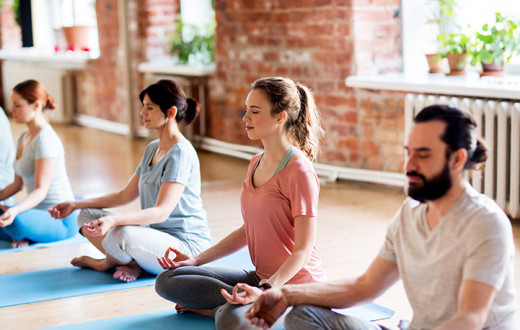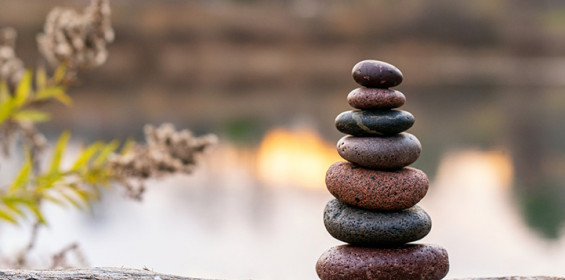
I started my meditation journey in 1972 at just 13 years old. I have had some amazing experiences in deep meditation and have learned a lot along the way. I also trained to become a SKY Breath Meditation teacher in 2001. I’m here to share what I have learned and how you can experience deeper meditations starting today. Let’s begin with a few questions and answers.
What is the difference between surface awareness and deep meditation?
One of the biggest roadblocks to experiencing deep meditation is getting stuck in surface awareness and thinking that this is all there is to the world of meditation. Don’t misunderstand me; awareness is good! But there is so much more to meditation than simple mindfulness. You can think of it like this: playing and swimming in the water is enjoyable and feels amazing, but deep-sea diving opens an entire world of possibilities. That is the difference between surface awareness and deep meditation.
How can I tell if my meditation is working or not?

If you’re asking this question, you might be a little worried or anxious about not having deep experiences. The most important advice I can give you is not to judge your success by what happens in meditation. What a minute! Isn’t the goal deep meditation?! No. Deep meditation is a natural happening as a result of proper regular meditation.
Look at your life pre-meditation practice and see how your life has changed since you started practicing meditation. Are your relationships improving? Do you sleep better? Does the calm you experience in meditation follow you into activity? Is your mental health improving? And other such questions. If you can answer these types of questions with an enthusiastic “yes!” then you’re on the right track.
If my meditations are not deep, do they still count as meditation?

Some meditations involve lots of thoughts, and others are quiet and feel really nice. Both have value. Meditation has an inward and an outward stroke. The outward stroke brings more thoughts. Sometimes, in meditation, we only swim on the surface and experience many thoughts. Other times, we are able to settle into meditation, and there are fewer thoughts or more space between thoughts and quieter thoughts. In deeper meditative experiences, thoughts in the outward stroke can also indicate a release of stress.
Keep meditating, whether you think you are going deep or not. As you meditate more and more, you may also become used to the experience of deeper meditation. Trust that your time spent meditating is doing something good. This way, deep meditation can naturally unfold.
What does deep meditation feel like?
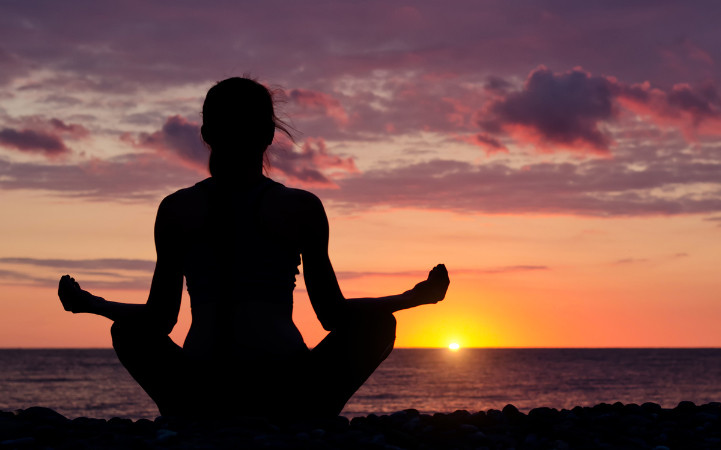
In some ways, this question asks to describe the indescribable. But certain qualities typically happen in deep meditation.
Signs of deep meditation
Here’s a short list of experiences that indicate you are experiencing deep meditation:
- Stillness in the body
- Feeling expanded or consolidated
- More space in between thoughts
- Losing a sense of place or time
- Being immersed in light
Which meditation techniques give the deepest meditation experiences?
This is the million-dollar question, isn’t it?! Having tried several meditation methods, these are my favorites.
Guided meditation
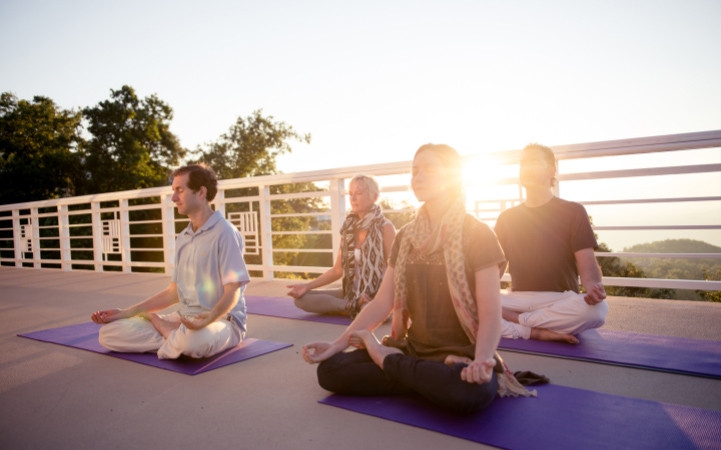
Many guided meditations are simple relaxation techniques. But a lot of the power behind guided meditation comes from who is leading the meditation session. The meditation teacher needs to “hold the space” for the participants. My meditation teacher, a master of meditation, Gurudev Sri Sri Ravi Shankar, easily leads large groups into deep meditation, in-person and online.
Gurudev also leads special guided meditations called Hollow and Empty Meditations on silent retreats. This is a personal favorite of mine, and I attend regularly.
You might like to read Body Scan Meditation for Deep Relaxation and Nourishment.
Mantra meditation
My first formal experience with meditation was with transcendental meditation, which uses mantras. Mantras are ancient, unspoken sounds that are vehicles for deep meditation. Almost 30 years ago, I learned Sahaj Samadhi through the Art of Living Foundation. Sahaj means effortless. And Samadhi means deep inner peace. Both transcendental meditation and Sahaj Samadhi come from the same tradition in India.
Because ancient mantras are instilled with special energy, it is important to learn a mantra-based meditation technique from a properly trained meditation instructor. Taking a mantra from a list online won’t yield the results you are looking for.
Breath-based meditation
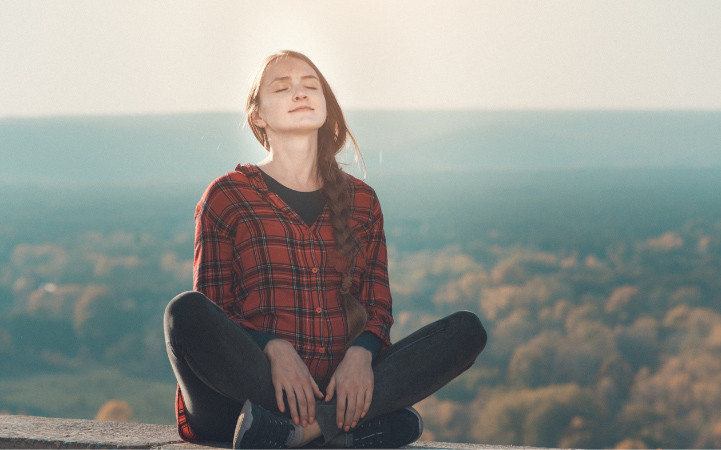
It wasn’t until 1995 that I experienced a meditation technique that really knocked my socks off. That technique is SKY Breath Meditation, also known as Sudarshan Kriya. I was blown away at how powerful breathing could be as a tool for deep meditation.
Typically, I do my SKY practice, followed by Sahaj Samadhi. This combination is life-altering!
Benefits of deep meditation
Here are just some of the benefits of deep meditation
Physical benefits
- Healthier blood pressure
- Improved immunity
- Reduced serum cortisol levels
- Better sleep
Mental benefits
- Improved focus
- Decreased depression and anxiety
- Increased self-esteem
- More joyful
- Improved relationships
- Increased life satisfaction
- Enhanced optimism
- Unshakeable resilience
Spiritual benefits
If you’re only experiencing surface awareness and simple relaxation, you are not likely to gain many spiritual benefits. Deep meditation is the key to benefitting spiritually. What do spiritual benefits look like? A deep sense of connectivity with others, nature, and God or the universe. And more human values like compassion start to blossom in you.
Tips to improve your deep meditation experiences
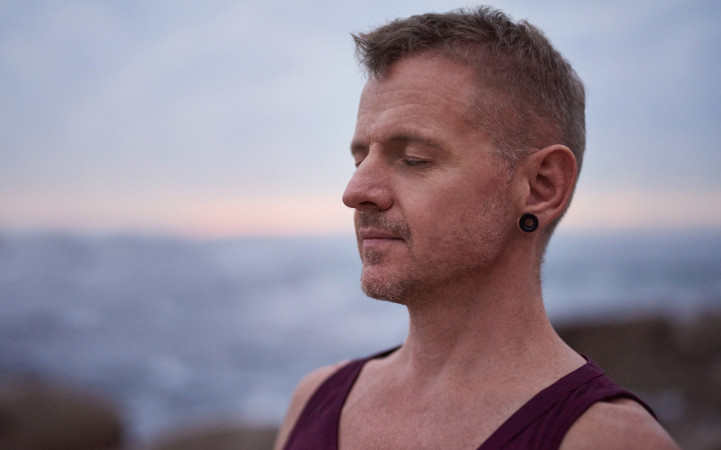
There are some things you can do regardless of the meditation technique you practice.
Make sure you choose a fairly quiet place, even though noise isn’t a true barrier to meditation. I have had some amazing meditations in noisy environments, but ideally, your environment is quiet.
Choose to sit in a way where you can be reasonably comfortable, with a straight but relaxed spine. If you are too comfy, you might fall asleep. Read The Best Meditation Positions for Your Body and Practice for more information.
Practice regularly. Set a goal of at least 40 days. Restart your 40-day goal if you miss a day.
Do some yoga or go for a walk before you meditate. You can also shake your hands for 20 to 30 seconds before meditation if you feel restless.
Use Gurudev’s three keys to meditation. Think to yourself: I want nothing, I do nothing, and I am nothing. Just while you meditate, drop any desires, do not use effort in meditation, and leave any roles or identities aside.
Breathwork for deeper meditations

One of the best secrets for deeper meditation is to do some breathing exercises before meditating. Your breath is connected to the quality of your emotions. If you think back to a time when you were agitated or angry, your breath was shallow, faster, and hotter. Remember a time when you were especially relaxed and calm; your breath was deeper, slower, and cooler in temperature. How we breathe before we meditate can help lead us to deeper meditations.
Your breath lives in the present moment. So, by bringing your attention to your breath, you automatically come to the present moment.
Here’s a brief explanation of popular breathing techniques for deeper meditation.
Straw Breathing calms your mind and body quickly.
Ocean Breath calms and helps to increase subtle energy.
Alternate Nostril Breathing balances your brain hemispheres and quiets thoughts.
Bee Breath quiets thoughts and greatly increases calm.
Bellows Breath blows away thoughts and increases awareness.
Learn the best deep meditation technique
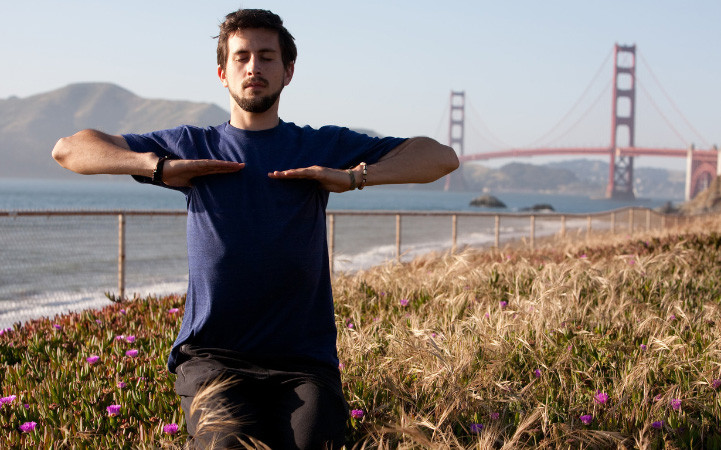
Having learned several meditation techniques, I recommend one technique above all others. SKY Breath Meditation, also known as Sudarshan Kriya. It’s the meditation method I decided was so good that I had to become a SKY teacher. I have personally witnessed so many people enjoying amazing benefits. Benefits like:
- Effortless deep meditation
- Decreased anxiety and depression
- Greater mental focus
- Enhanced deep sleep
- Improved relationships
- And so much more…
If you want to reduce stress, have healthier blood pressure and great mental health, and experience a deeper state of meditation, register for the Art of Living Part 1 course today!
Related articles
How to Meditate And Live In the Present Moment
Meditation Classes Near Me for Peace of Mind, Body, and Heart
Visualization and Meditation: Are They the Same Thing?
What is Enlightenment and How Do You Get There?
How to Overcome Mental Turmoil and Inner Conflict

